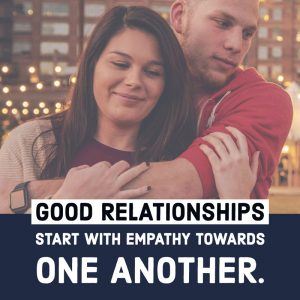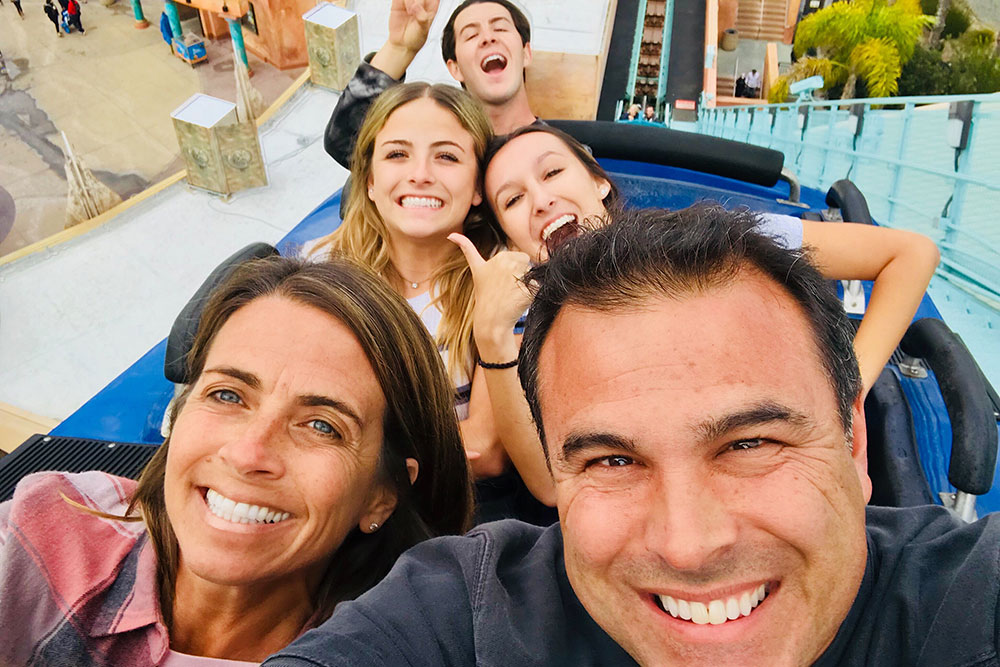Denise and Larry have been a part of a church in suburban Charlotte, NC for over three decades. They fondly remember when the church was the place to be. In fact, Denise points out that what first drew them to the church was their young married class.
Not only did this small group provide fellowship, but everyone in the class was having babies at the same time. Therefore, when the opportunity came for Denise and Larry to lead a small group of their own, the decision was a no brainer.
What Larry and Denise were not prepared for, however, was the generational blend within the group. They thought they’ be ministering other baby boomer couples. Instead, there were three different generations of married couples represented.
What is Adulting?
 What Denise and Larry experienced is nothing new in the new world of “adulting”. In her book Growing With, researcher Kara Powell defines adulting as “growing together with your adult child.” Or in the case of Larry and Denise, growing together with other generations.
What Denise and Larry experienced is nothing new in the new world of “adulting”. In her book Growing With, researcher Kara Powell defines adulting as “growing together with your adult child.” Or in the case of Larry and Denise, growing together with other generations.
Larry and Denise discovered that the three generations (baby boomers. generation X, and millennials) within their small group were not growing together and understanding one another. They felt the tension of a serious generation gap.
On top of that, Denise and Larry were undergoing a similar generation gap with their own two adult children. Their kids, who were about the same age as some of the younger couples in their small group, were rediscovering their own faith values and choices in life.
According to Dr. Jim Burns’ book Doing Life with your Adult Children, parents have to give their children the passport to adulthood. Denise and Larry would admit that they were having a hard time doing that with their children and with leading younger generations in their small group.
How Can We Connect to Other Generations?
Larry and Denise were concerned whether their small group would be able to stay together. Would it just be better if they would divide up and go their separate ways?
Dividing the group based on generation would certainly be easiest, but that wasn’t necessarily the right solution. Because God calls for us to do life together as believers no matter the age difference.
In fact, the Bible is clear that older and younger Christians should minister to one another. Titus 2:1-8 explains how we can all learn from one another as we pursue “sound doctrine.”
But how do we do this practically in our own life and marriage? Dr. Jim Burns and Kara Powell lay out three basic steps to do that well.
1. Be Available
 According to Kara Powell, “.” If married couples of different ages are going to get along, we need to show one another empathy.
According to Kara Powell, “.” If married couples of different ages are going to get along, we need to show one another empathy.
An example of this is baby boomers understanding and empathizing with new millennial parents, who might be wondering if they are parenting correctly. When we show empathy toward one another, we make it clear that we’re available and open to all.
2. Belong
Dr. Jim Burns tells us that we must give respect—because no adult wants to be told what to do. Even our own kids expect to be giving a level of freedom and trust once they’ve grown up.
Denise and Larry had to come to the understanding in knowing that, since some members of their group were the same age as their children. But they were not their children, and didn’t want to be treated as such.
3. Confess
When we mess up, we should confess our faults to one another. Denise and Larry did exactly that. And when they did, it allowed the group to come together and share their burdens and struggles. Confession shows transparency and honesty, which is something all generations respect.
When Denise and Larry look back on their season of chaos and confusion, they don’t regret what they learned about themselves or what it taught the group. In fact, Denise and Larry believe that it made the group better and they are thankful that they are still together as a group and growing.





